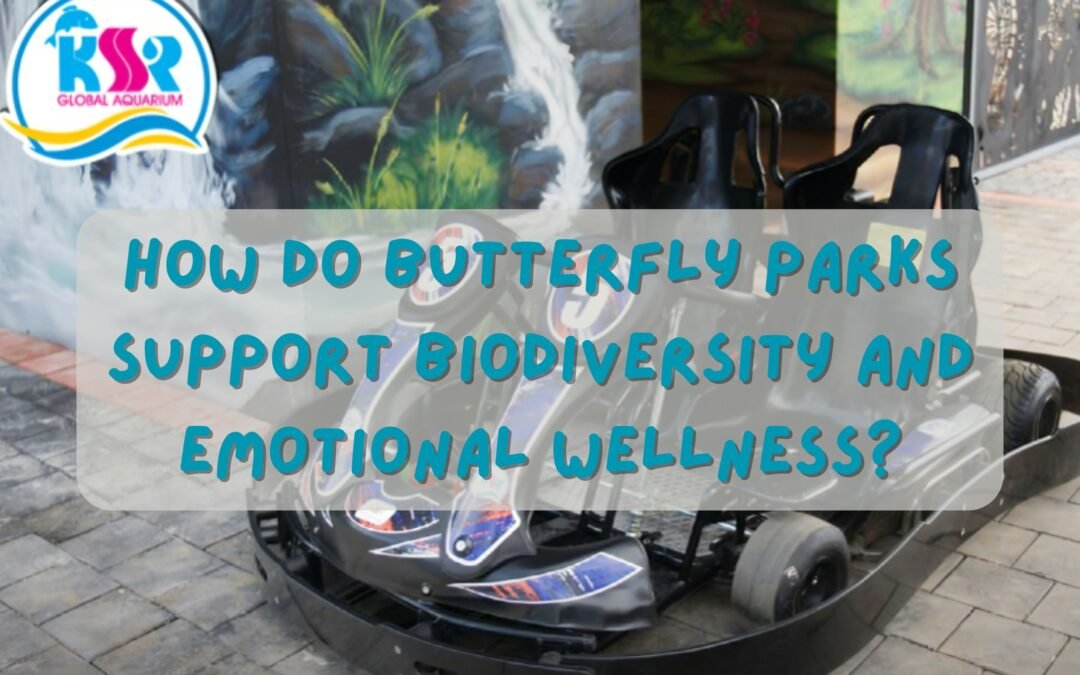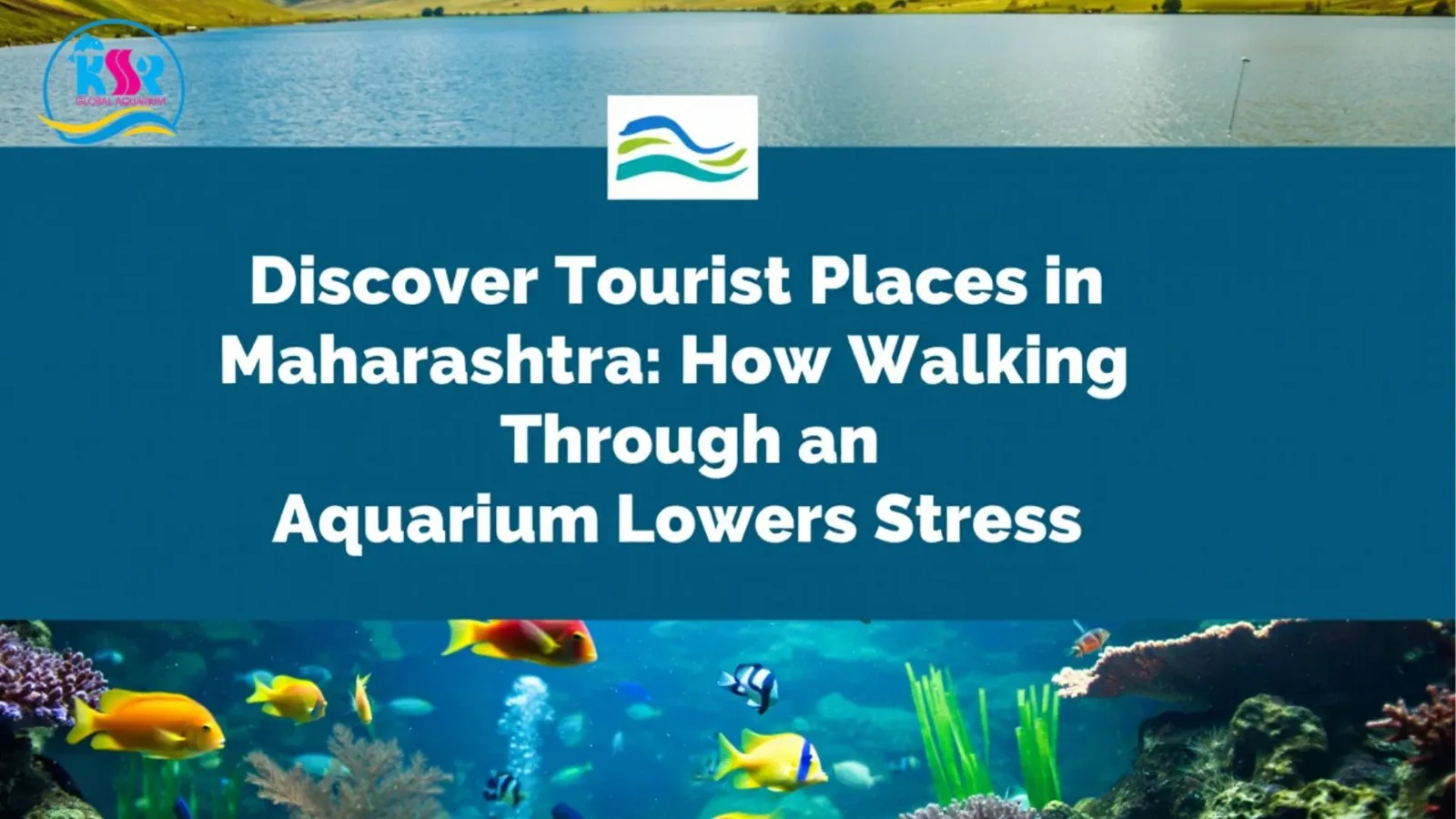In a world filled with skyscrapers, smartphones, and super-fast cars, it’s easy to forget the simpler, quieter aspects of life. But take a step into a butterfly park, and you’ll be reminded of the quiet magic of nature. Butterfly parks are more than just vibrant spaces filled with fluttering wings—they are living sanctuaries that support biodiversity, education, and even emotional wellness. Their delicate beauty conceals a deep purpose, offering refuge not just to butterflies, but to humans seeking peace and connection with nature.
You might not expect a butterfly park to stand shoulder to shoulder with adventure spots or modern entertainment hubs like go-karting tracks, but increasingly, they are becoming popular attractions. Some visitors compare the thrill of watching rare butterflies emerge from their cocoons to discovering the specs of a high-performance car or checking the latest go karting car price. Different interests, but both experiences offer an emotional high—one through speed, and the other through serenity.
Let’s dive into what makes butterfly parks so unique and why they are quickly becoming one of the best tourist places in Maharashtra and other parts of the country.
A Sanctuary for Biodiversity
Butterflies are not just pretty insects; they are vital pollinators and important indicators of a healthy ecosystem. A butterfly park, by design, is a space that nurtures different species of butterflies by replicating their natural habitats. These parks often include host plants for caterpillars and nectar plants for adult butterflies, ensuring every stage of their life cycle is supported.
By attracting and protecting butterflies, these parks also support a wide range of flora and fauna. Birds, bees, beetles, frogs, and other organisms thrive in such green, balanced spaces. In many cases, these parks help in the conservation of local plant species as well, ensuring that both plant and insect biodiversity is preserved.
And unlike zoos or safaris, butterfly parks allow you to interact directly with nature. There are no cages or barriers—just you, the plants, and hundreds of delicate wings dancing around you.
An Educational Space for All Ages
Butterfly parks double as living classrooms. Whether it’s children learning about metamorphosis or adults discovering the importance of pollinators in agriculture, the park becomes a hands-on educational experience.
Visitors can observe the life stages of butterflies—from egg to caterpillar, chrysalis to full-grown butterfly. Many parks have display zones and interactive exhibits where guides explain the science and significance of what you’re seeing. These programs are often tailored to different age groups, ensuring everyone walks away with something new.
For schools and universities, field trips to butterfly parks are a way to break the routine and engage students with real-world environmental science.
Emotional Wellness: Nature’s Therapy
Science backs what most of us feel instinctively—nature is healing. Simply spending time in green, open spaces can reduce stress, lower blood pressure, and improve mood. Butterfly parks amplify this effect through color, movement, and quiet.
The presence of butterflies, often seen as symbols of transformation and beauty, adds a meditative quality to these parks. People recovering from anxiety, trauma, or burnout often report feelings of peace and renewal after a walk through a butterfly enclosure.
This therapeutic aspect is one reason why butterfly parks are being included in city planning and eco-tourism initiatives. It’s not just about conservation anymore—it’s about emotional connection, mindfulness, and mental balance.
Eco-Tourism and Local Engagement
As interest in sustainable travel grows, more tourists are looking for destinations that align with their environmental values. Butterfly parks tick all the right boxes: they promote conservation, reduce human impact on wildlife, and offer eco-conscious recreational experiences.
Several butterfly parks in India, especially those located within broader eco-tourism zones, are now listed among the best tourist places in Maharashtra. Visitors often include them in their itineraries alongside trekking trails, heritage sites, or even thrilling activities like go-karting—because modern travel is about variety and balance.
Moreover, many of these parks also create employment opportunities for local communities. From maintenance workers to nature guides and craft vendors, the park becomes a center for local engagement and education.
Designing for Nature, Not Against It
Butterfly parks aren’t built overnight. They are carefully designed ecosystems that take into account local weather, native species, water availability, and vegetation types. Architects, ecologists, and gardeners work together to create a space where nature feels untouched—even though it’s been thoughtfully curated.
These parks often include water bodies, shaded trails, quiet benches, and organic gardens—ensuring that human intrusion is minimal and respectful. Their very design promotes sustainability and often inspires visitors to think about the ecological impact of their everyday choices.
While you may know everything about the go karting car price or the latest restaurant opening, it’s experiences like butterfly parks that offer long-lasting emotional and intellectual takeaways.
A New Kind of Tourist Attraction
Butterfly parks are a far cry from the noisy, crowded amusement parks many of us grew up visiting. And yet, they’re gaining popularity, especially among families, solo travelers, couples, and even photographers. The appeal is universal.
They provide the rare opportunity to slow down and observe—to reconnect with nature and with oneself. And in today’s hyper-connected world, that is a luxury more people are beginning to appreciate.
Whether you’re looking for a weekend getaway, planning an educational trip, or simply want to escape the digital noise, a visit to a butterfly park can be incredibly rewarding. It’s no surprise they’re making their way onto curated lists of the best tourist places in Maharashtra.
FAQs: Butterfly Parks and Their Impact
- What is a butterfly park?
A butterfly park is a conservation and educational space designed to support the life cycle of butterflies. It includes host and nectar plants, water features, and protected zones for butterfly breeding and observation. - How do butterfly parks help biodiversity?
They provide a habitat for various butterfly species and other pollinators, supporting a wide range of plants and animals. This contributes to overall ecological health. - Can visiting a butterfly park improve mental health?
Yes. Studies have shown that spending time in natural, serene environments like butterfly parks can reduce stress, anxiety, and even symptoms of depression. - Are butterfly parks suitable for kids?
Absolutely. Kids benefit from the hands-on learning experience and are often fascinated by the colors, movement, and stories behind butterfly transformations. - Can I combine a trip to a butterfly park with other attractions?
Yes. Many butterfly parks are located near heritage sites, nature trails, or even recreational zones like go-karting tracks. Whether you’re comparing the thrill of speed or the calm of nature, both experiences can be part of a well-rounded trip. - How are butterfly parks ranked among the best tourist places in Maharashtra?
Due to their educational value, biodiversity support, and peaceful ambiance, butterfly parks are increasingly being recognized as must-visit eco-tourism destinations in Maharashtra and beyond.




